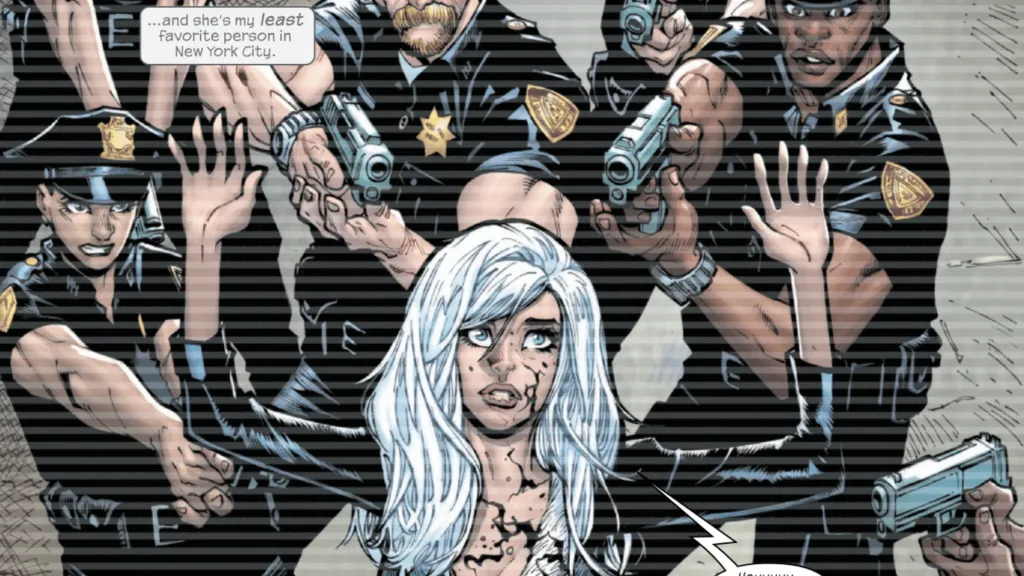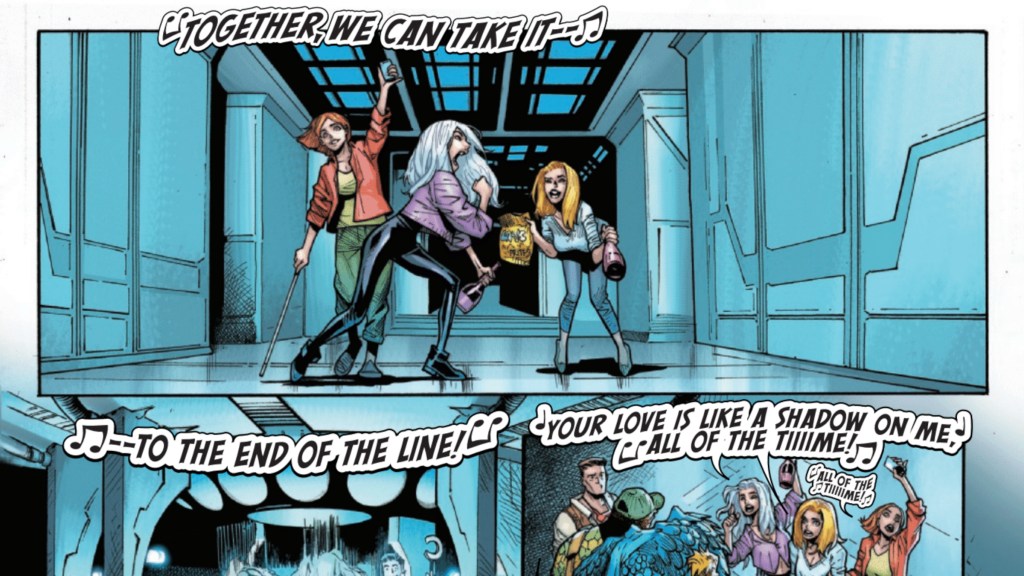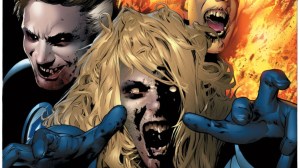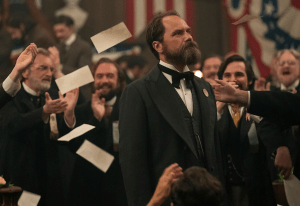Comic books are a medium like no other. They combine the impact of visual storytelling with the introspection that novels offer. Like any artistic medium, the prevalent styles change drastically over time. In the earliest days of superhero comics, the magazines were complete short stories with added art, featuring long swaths of text and detailed descriptions of what happened on the panel. This was called compressed storytelling, with an entire plot told in a single issue. As the genre developed, however, they shifted to focus less on description and more on art, as well as expanding the stories from being written for single issues to focusing on trade paperbacks.
Videos by ComicBook.com
The standard comic book style nowadays is decompressed, which puts a larger emphasis on using action and splash pages to tell the story, as well as multiple issues building towards larger stories. Compressed style and single-issue stories are all but nonexistent nowadays, but Ryan North’s phenomenal run on Fantastic Four (2025) has broken that trend and brought back self-contained, smaller stories that we haven’t seen in decades. This run is one of the FF’s best, and one of the best examples is issue #5, which sees the Invisible Woman team up with Black Cat.
A Small-Scale, Classic Adventure

Issue #5 saw Mister Fantastic, the Thing, and the Human Torch head to the Negative Zone for an extended fishing trip, leaving the Baxter Building in Invisible Woman and Alicia’s hands. Almost as soon as they left, however, Black Cat showed up at the door with the police on her tail. Sue visited Felicia in jail, where Marvel’s number one cat burglar claimed she’d been framed for murder. With Spider-Man in space, she could only turn to Marvel’s first family for help. Now, Sue really, really did not like Felicia, but she also didn’t think she was a murderer, and looked into it.
The crime scene was unbelievably clean, and the guards confirmed that they didn’t see anyone but Black Cat enter the building. Sue was ready to give up on the case, half out of her frustration with Black Cat, but Alicia asked Sue if she had ever given the other woman a chance. Sue admitted that she didn’t, and resolved to keep looking for answers instead of reasons to hate Felicia. Eventually, Sue realized that the timeline of events didn’t match up and caught the true murderer.
A man had gotten his hands on one of Kang’s time guns, but only managed to make it send people ten minutes into the future. He sent Felicia and the guards ahead, but had to kill the teller when he saw the man’s face. With Black Cat’s name cleared, Invisible Woman, Alicia, and Felicia decided to hang out to get to know one another better. The issue ended with the boys returning from the Negative Zone, only for the gals to immediately head to Vegas for a girls’ weekend.
An Issue Resolved In a Single Issue

This single issue of North’s Fantastic Four contained an entire miniature story arc. It set up a compelling mystery alongside an emotional arc that needed to be completed. It tied the two together perfectly, mixing Sue’s need to look past Felicia’s flaws to appreciate all the good she’s done despite her past, which in turn led Sue to the answer she was looking for. This issue was much heavier on narration and individual panels than most other contemporary comics, which also blends nicely with the information-heavy mystery format that it was emulating. Take a look at the page where Sue explains what happened, and the following page where she and Black Cat become friends.


The first page having plenty of panels and narration makes sense, especially since it’s explaining how the murder happened. However, most of that was covered on a previous page, and almost all of the information presented here is already known, just needing to be put together. Similarly, the page where Sue, Alicia, and Felicia talk is very heavy on dialogue, which is necessary to complete their relationship in such a short amount of time. These pages are the best example of the usual compression style. Heavy on panels, dialogue, and narration, all while covering as much story as physically possible.
This previous issue in this run followed the same formula, showing Alicia exposing an attempted alien invasion. Even the previous three-part arc was much shorter than the typical five-plus-part stories that are common with decompressed comics. All together, this run is a fantastic look back at a style of comics that has almost entirely vanished from existence. It can be extremely wordy and lightning fast, but this is a style that offers a lot of advantages for shorter stories, and it’s always a treat to see it explored with modern sensibilities.
Fantastic Four #5 is on sale now!
What do you think? Leave a comment below and join the conversation now in the ComicBook Forum!









